15 Companion Plants For Cauliflower (And 5 To Avoid)
Are you wondering what are the best companion plants for cauliflower?
Have you asked what is a good companion plant for cauliflower? Well, you have come to the right place!
Cauliflower has gained in popularity because of its mild flavor and versatility but like any other plant, it can be challenging to grow on its own.
Introducing companion plants! Companion planting refers to the practice of pairing two or more specific types of plants for the mutual benefit of each other. Think of companion plants as best friends who help support your growth!
Now, let’s deep dive into what are the best companion plants for cauliflower and which ones to avoid.
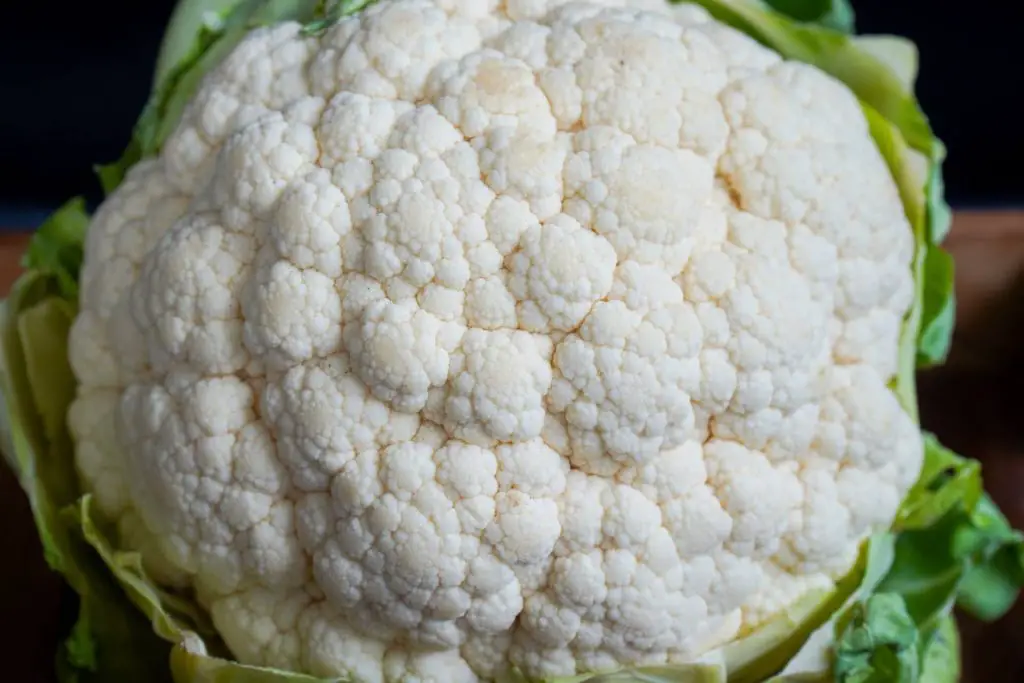
- 15 Good companion plants for cauliflower
- Celery
- Garlic
- Onions
- Legumes
- Sage
- Thyme
- Mint
- Marigold
- Potato
- Spinach
- Nasturtium
- Dill
- Fennel
- Yarrow
- Radish
- 5 companion plants for cauliflower to avoid
- Broccoli
- Strawberries
- Peas
- Pumpkins
- Tomatoes
Affiliate Link Disclosure
The links on this page may be affiliate links, from which I earn a small commission if you click on them, AT NO EXTRA COST to you. Hope you find the information here useful. Thanks!
Related Posts
- When To Pick Cauliflower (The RIGHT Way To Harvest Them!)
- How To Harvest Broccoli The RIGHT Way!
- How To Harvest Cabbage-The RIGHT Way!
Companion Planting Chart For Cauliflower
Before we dive into the details of why some plants make good companions while others don’t, here’s a companion planting chart for cauliflower:
| Plant | Good Companion Plants | Bad Companion Plants |
| Cauliflower | 1. Celery 2. Garlic 3. Onions 4. Legumes 5. Sage 6. Thyme 7. Mint 8. Marigold 9. Potato 0. Spinach 11. Nasturtium 12. Dill 13. Fennel 14. Yarrow 15. Radish | 1. Broccoli 2. Strawberries 3. Peas 4. Pumpkins 5. Tomatoes |
15 Good Companion Plants For Cauliflower
I hope you found that companion planting cauliflower chart useful, now let’s break down why some plants make for good companion plants.
| Reasons for being a good companion plant | Plant |
| Attracts pollinators | Celery, Sage, Thyme, Nastartium, Dill, Fennel, Yarrow |
| Repel pests or insects | Celery, Garlic, Onions, Sage, Thyme, Mint, Marigold, Potato, Nastartium, Dill, Fennel, Yarrow |
| Improve growth rate | Radish |
| Good ground cover | Thyme, Spinach, Nastartium |
| Improve the soil’s nutrients | Celery, Legumes |
Alright, now to the details!

Celery is a perfect example of what grows well with cauliflower.
The fragrant leaves on the celery plant can deter pests such as the white cabbage moth from eating your cauliflower, and attract insects that are beneficial for the growth of cauliflower.
Another property of celery that benefits cauliflower is although it absorbs plenty of water, it compensates by leaving more nutrients in the soil for cauliflower making it one of the best companion plants for cauliflower.
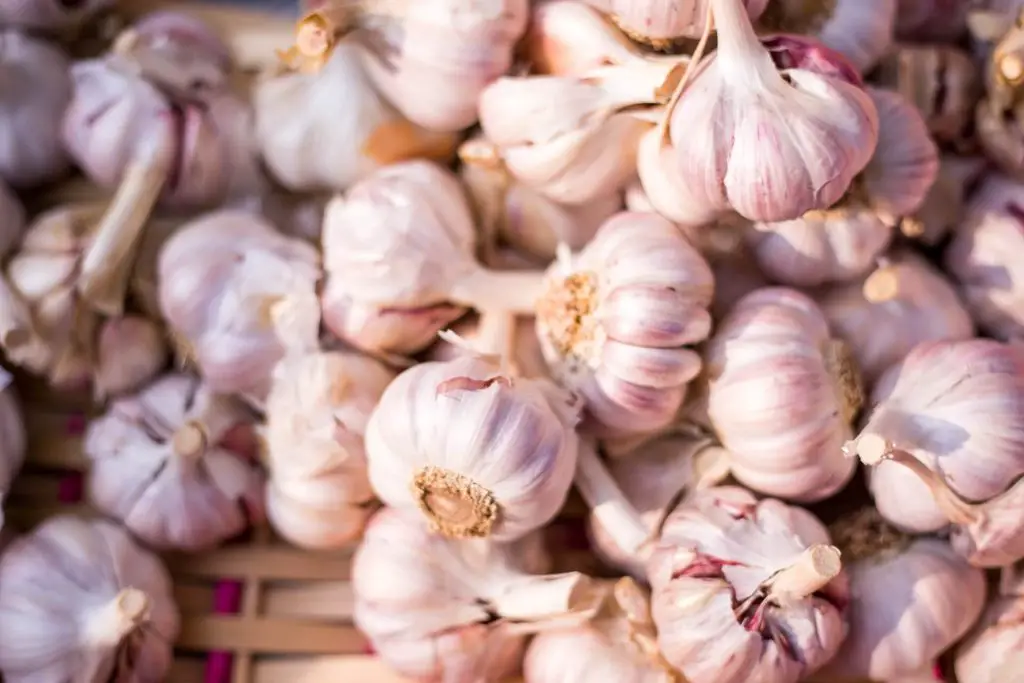
Garlic’s growth requirements differ in that it is a light feeder and only needs to be watered moderately which is why it makes for an ideal plant to grow next to cauliflower for they don’t need to compete for nutrients.
It also doesn’t take up a lot of space when growing which is ideal for cauliflower plants which are usually more sprawling.
But the main reason garlic makes a good companion plant is that it is known for having a pungent smell that can deter pests and insects from them and their surrounding plants.
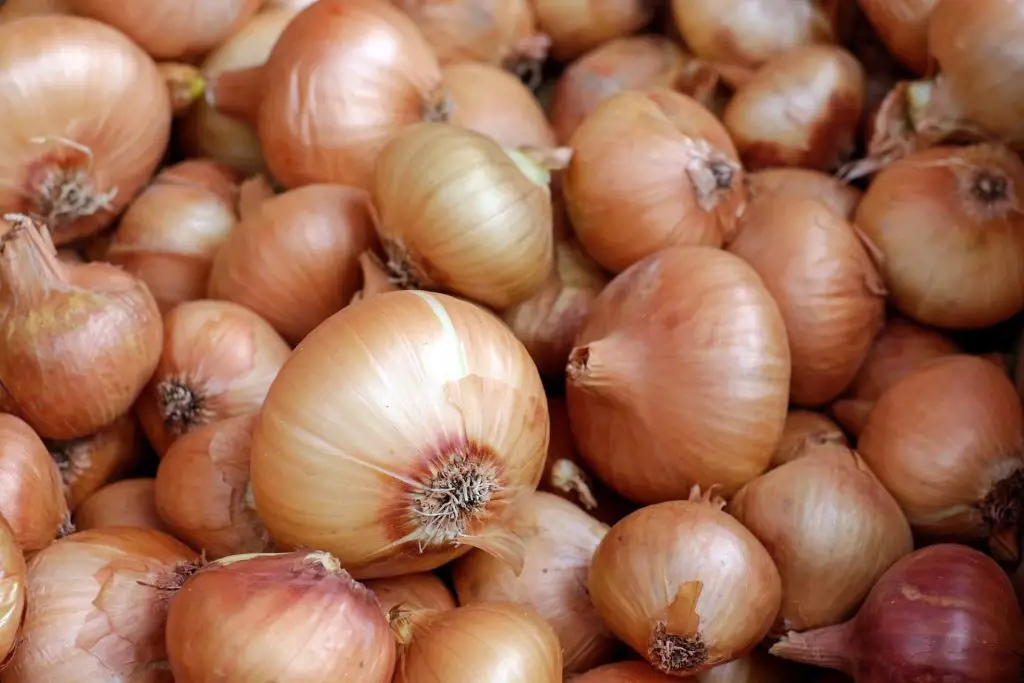
Onions, much similar to garlic, also make good companion plants for cauliflower as they release a strong smell that can mask the cauliflower and deter pests away from feeding on them.
Onions are also light feeders so they don’t need to compete for nutrients making them good companion plants for cauliflower.

Legumes such as beans or lentils can improve the soil’s nutrients by releasing and fixing nitrogen back into the soil. This is a great advantage for cauliflower as they are heavy feeders and tend to absorb plenty of nutrients.
The addition of legumes can then replenish the soil’s nutrients for your cauliflower plants’ consumption.
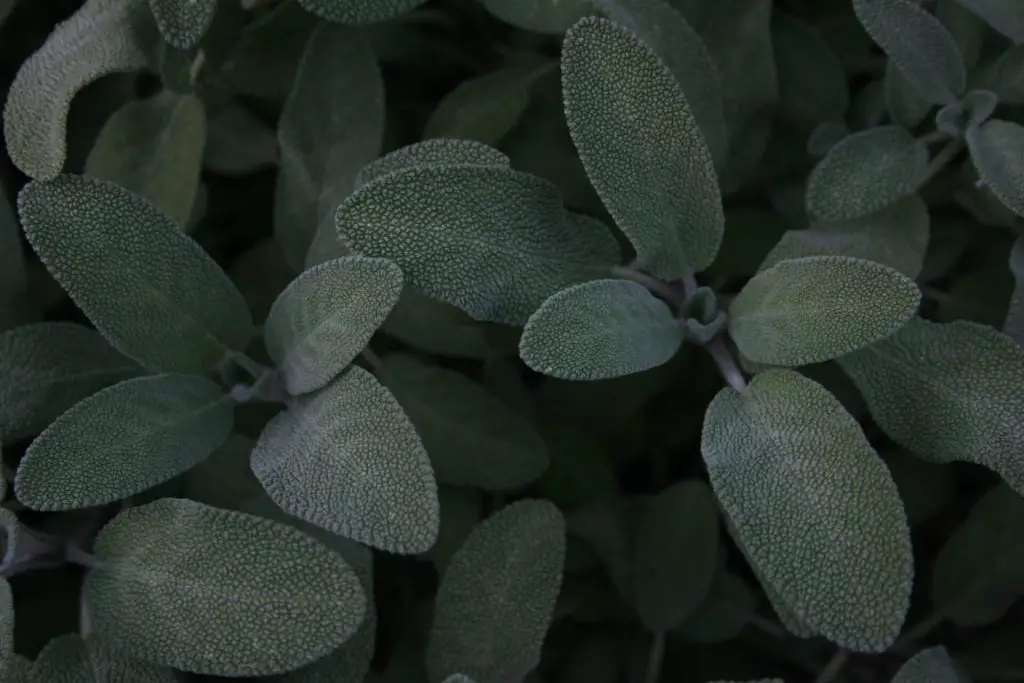
Sage is a perennial herb that refers to any plant that persists for several years and is a staple for cooking.
What makes sage an excellent cauliflower companion is that its fragrance deters pests away while its flowers attract pollinators that also prey upon caterpillars and aphids.
In addition, sage prefers to be in environments with dry to medium moisture so it won’t compete for water with cauliflower which needs plenty of it.
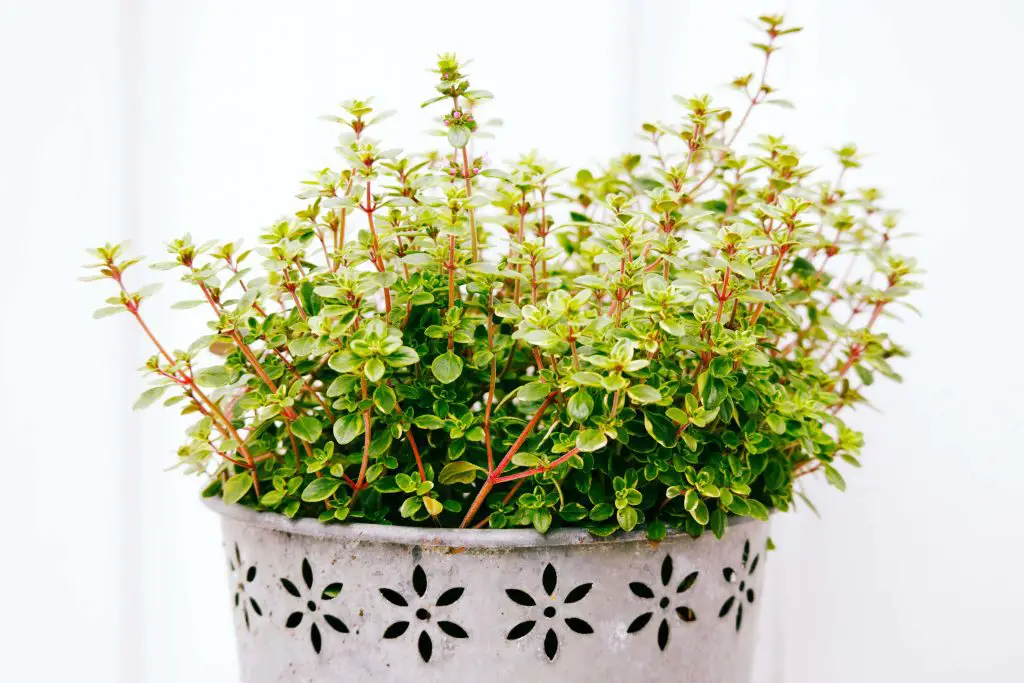
If you’re wondering what is a good companion plant for cauliflower, you can also consider thyme.
Firstly, they won’t need to compete for nutrients as they don’t require as much water compared to cauliflower.
Next, they release a smell that can deter pests and attract pollinators with their flowers at the same time.
They also sprawl when growing which means they can offer great ground cover to keep the soil cool and preserve its moisture.
Given all these benefits, there is no doubt that thyme is one of the best companion plants for cauliflower.
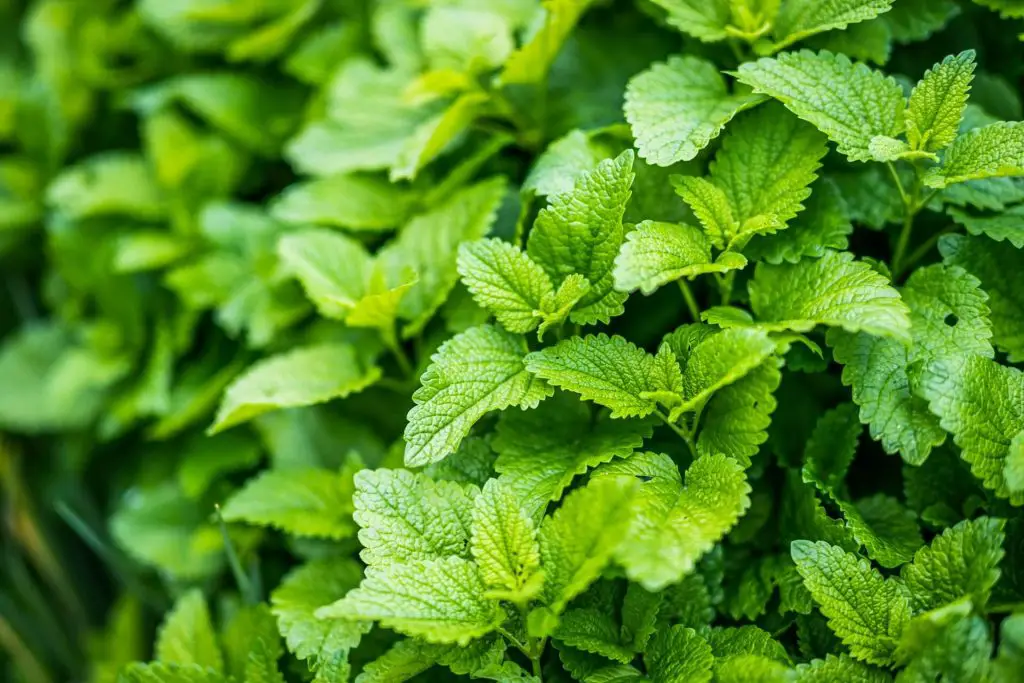
Another herb that you can consider as a cauliflower companion is the mint plant. This is because its strong smell can deter pests away.
It’s been said that mint has a tendency to overrun your garden when not maintained properly so it’s best to grow them in a container and place them next to your cauliflower.
Alternatively, you can cut the sprigs off your mint plant using pruning shears and scatter them around your cauliflower plant.
Don’t be fooled by their bright appearance, Marigolds can add a pop of color to your garden but they also pack a punch by releasing a strong smell that can deter pests, rabbits, and even deer.
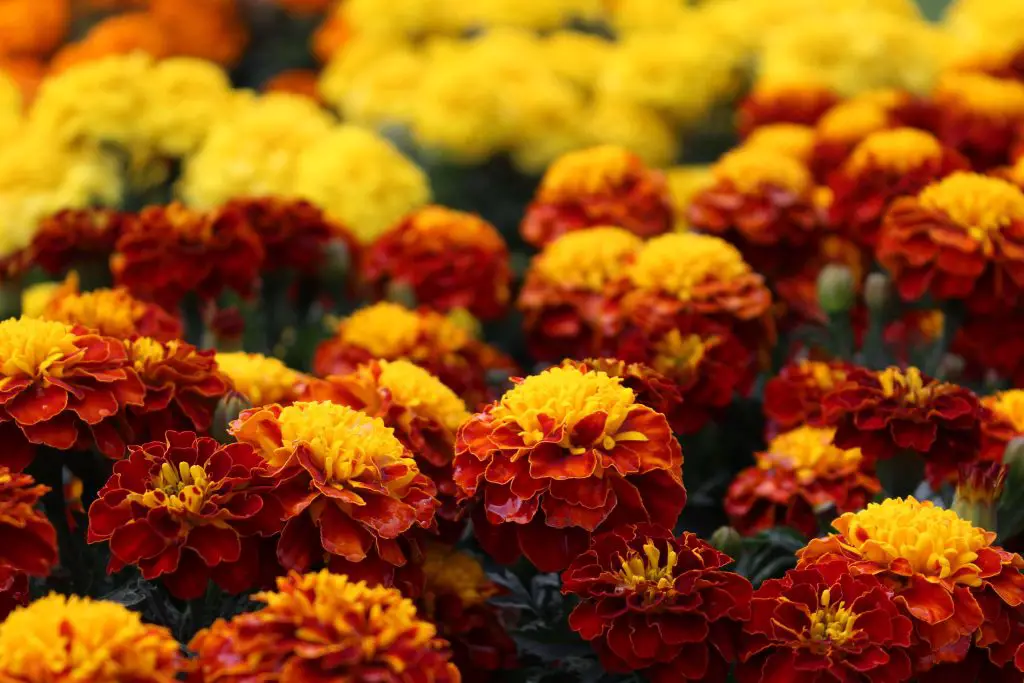
With that said, they are sure to be one of the best companion plants for cauliflower as the marigold’s smell can mask the scent of cauliflower and keep the insects at bay.

Another companion plant to consider if you’re thinking of what to plant after cauliflower is potatoes.
Potatoes are prone to attracting aphids and flea beetles so you may plant them as a trap crop i.e. growing them around your cauliflower to detract pests away from cauliflower and to your potato crop instead.
Also, potatoes’ main feature is that they have deep roots which means they won’t need to compete for nutrients and if grown with a generous amount of straw mulch, potatoes won’t need to compete for water as the mulch can retain moisture.
If you’d like to know what you can plant with cauliflower, consider spinach. Both are popular vegetables and can benefit from each other.
For instance, they don’t need to compete for nutrients as both require different soil nutrients and their roots extend to different soil layers. Cauliflower is also a heavy feeder and would require more fertilizer than spinach.
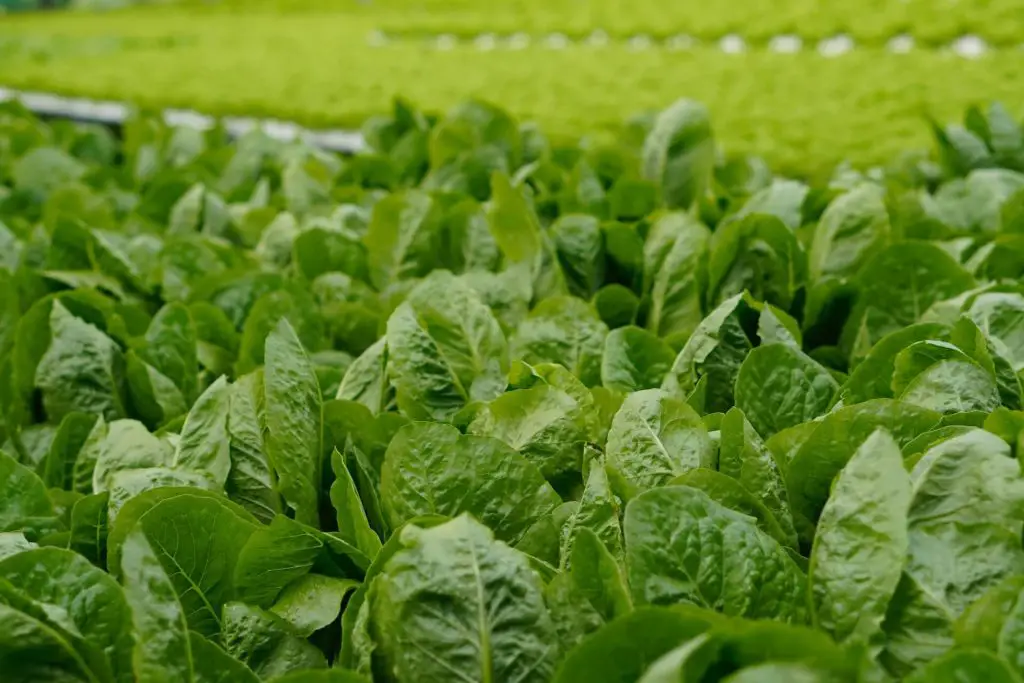
However, the key to planting spinach and cauliflower is in the space and timing. Spinach is a fast-growing crop so it would need to be thinned out periodically to prevent overcrowding and taking up space from cauliflower.
Harvesting the spinach as soon as they’re ready, it will allow the cauliflower more room to grow.
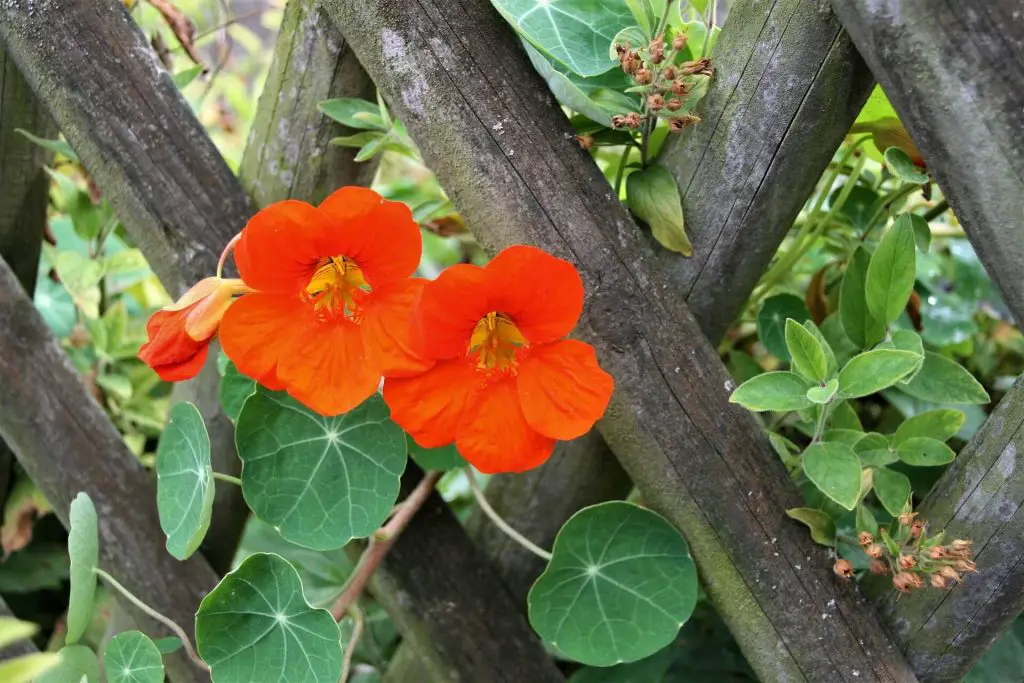
Nasturtiums are not only beautiful but they’re also edible and make for a lovely garnish! They also make good companion plants for cauliflower. These vining plants offer great ground cover that cools the ground and keeps weeds at bay.
Similar to potatoes, the leaves attract aphids and flea beetles which means they can function as a trap crop by detracting these pests away from your cauliflower plants.
Meanwhile, their flowers can attract beneficial pollinators for your crops making it one of the best cauliflower companion plants.

Dill makes for a good companion plant provided they are in bloom.
This is so the flowers of the dill plant can attract beneficial insects such as ladybugs and hoverflies that feed on aphids and parasitoid wasps that lay eggs and eat caterpillars and aphids.
This flowering herb is also useful for attracting pollinating bees and butterflies so no doubt it can be an excellent cauliflower companion.
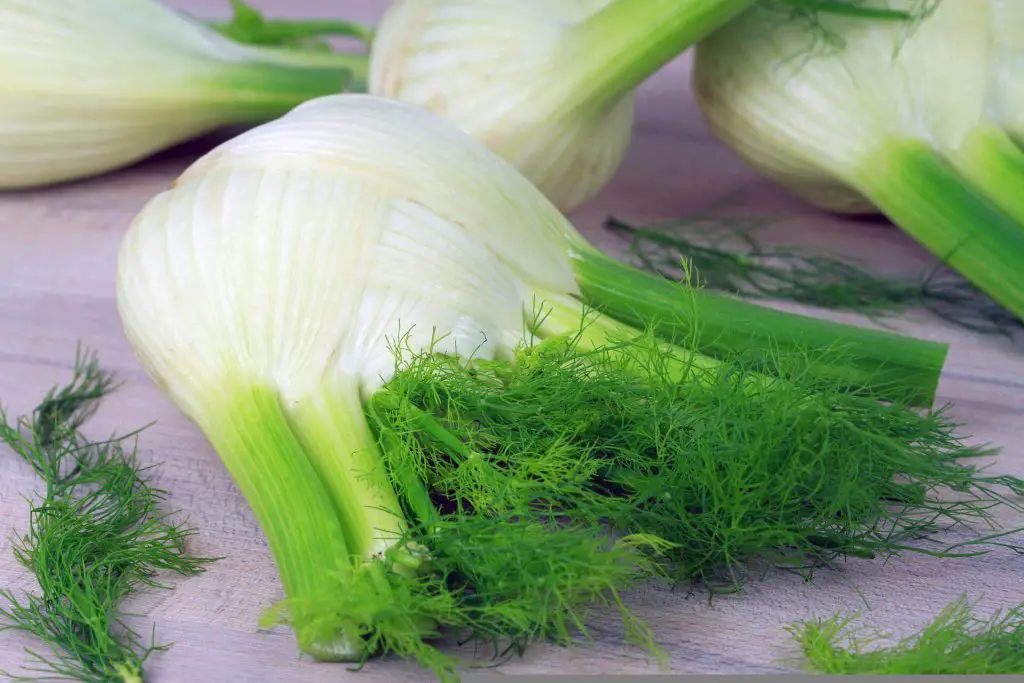
Fennel is an aromatic, flowering plant from the parsley family. All parts of the fennel are edible including its yellow flower which is useful for attracting beneficial insects that can feed on pests and pollinate your garden.
Besides that, it only needs to be watered moderately and has deeper roots compared to cauliflower so they will not be competing for nutrients.

Yarrow is another example of a cauliflower companion that will look great in your garden. Its bright flowers can release a smell that can deter unwanted pests and attract beneficial pollinators.
For instance, it attracts parasitoid wasps that prey upon aphids and butterflies which can pollinate your garden.
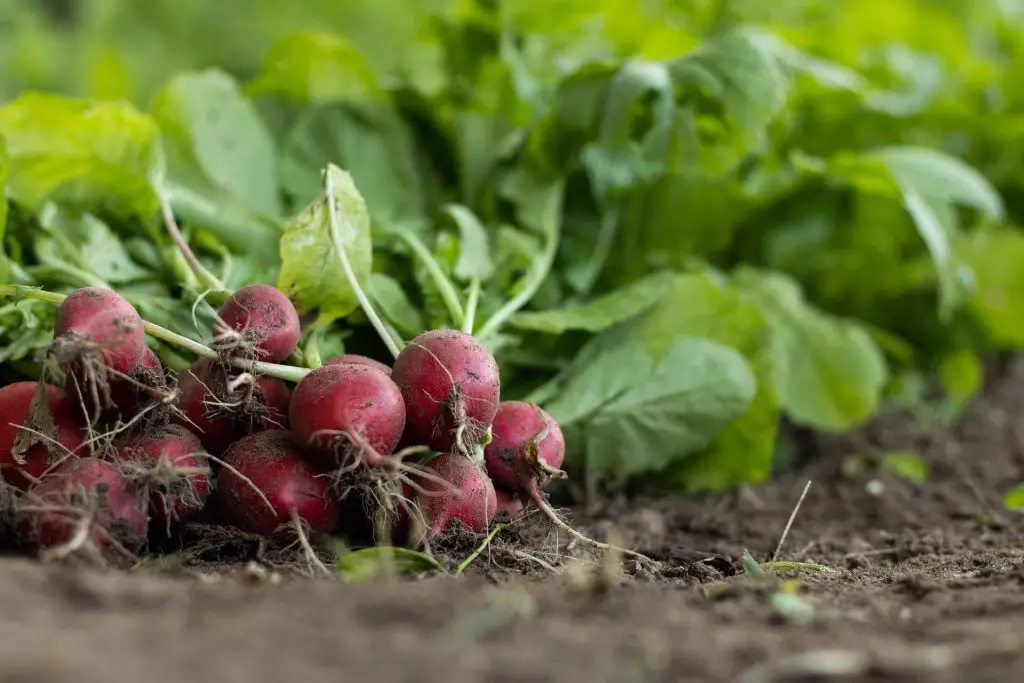
Another plant to consider when companion planting with cauliflower is radish. One of the main features of radish is that it can loosen the soil around your cauliflower.
The outcome of this is that it enables the cauliflower to spread its root system with less restriction and absorb more water and nutrients. In other words, by loosening the soil, radishes improve the growth rate of your cauliflower.
5 Companion Plants For Cauliflower To Avoid
Now that we’ve gone through companion plants for cauliflower, let’s run through a list of bad companion plants for cauliflower.
| Reasons for being a bad companion plant | Plant |
| Heavy feeder and absorbs too much water | Broccoli |
| Attracts pests | Broccoli, Strawberries |
| Inhibits growth | Peas |
| Absorbs too much sunlight | Pumpkins |
| Abosrobs too many nutrients | Tomatoes |
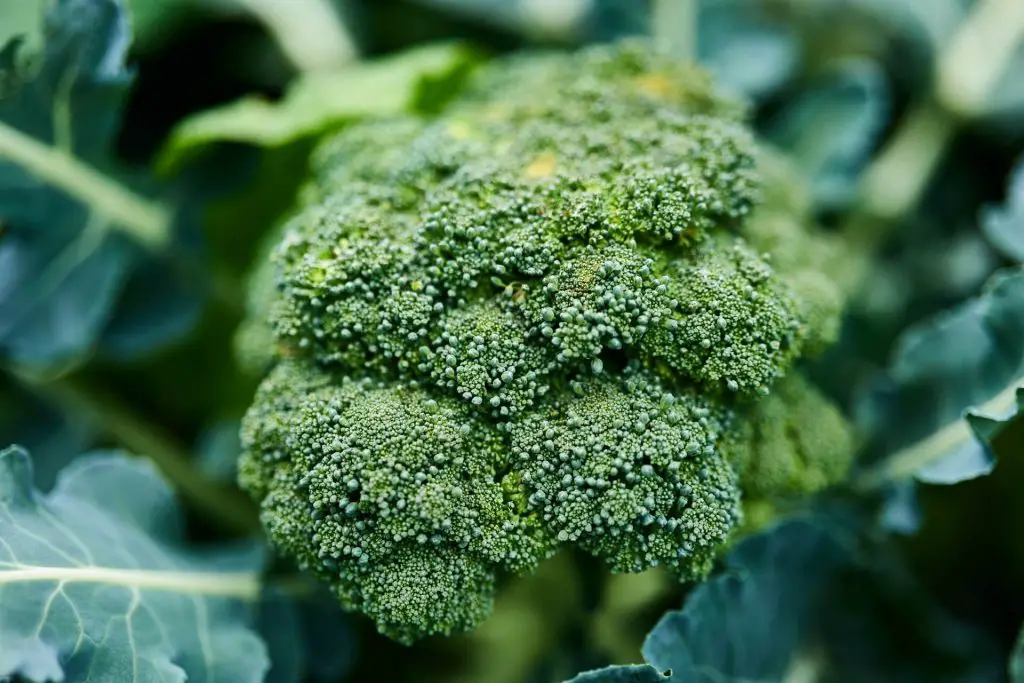
Broccoli is part of the same family as cauliflower which means they both have similar growth requirements.
One of their shared qualities is that they both are heavy feeders and require plenty of water so planting them together can result in both competing for the same resources and nutrients in the soil.
Also, broccoli is prone to attracting the same pests as cauliflower which means they will both be vulnerable and at risk of having their crops eaten and destroyed, making this plant an example of what not to plant near cauliflower.
If you are looking for companion plants for broccoli, you can consider celery, (to enhance the broccoli’s flavor), rhubarb and rosemary (to deter pests away), and chamomile (to attract pollinators).
To conclude, companion plants for broccoli and cauliflower may differ and just because they are from the same family, it doesn’t mean they make great companion plants for each other.
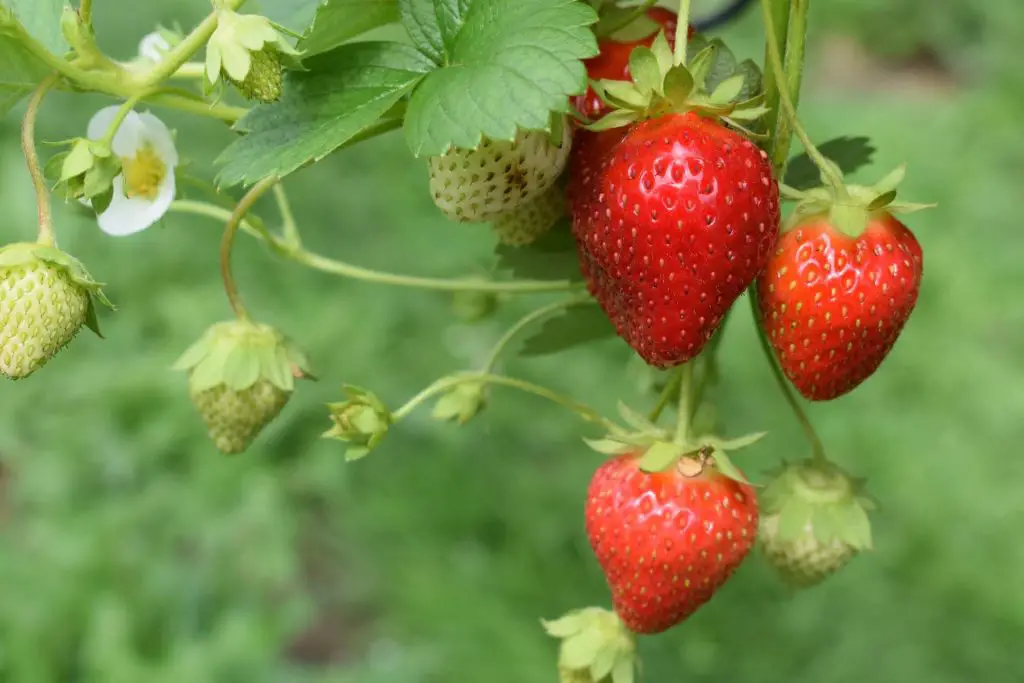
Strawberries are another example of what not to plant with cauliflower. This is mainly because strawberries are prone to attracting similar pests as cauliflower and specifically slugs.
Not only would you need to purchase diatomaceous earth or insecticidal soap to ward them off but this will impact the growth of your cauliflower.
Peas are said to be bad companion plants for cauliflower because they will stunt or inhibit the growth of cauliflowers so best to plant them away from each other!

Pumpkins require plenty of sunlight to grow whereas cauliflower does not. However, given the larger surface area that pumpkins cover, this would mean it will provide too much shade for your cauliflower and prevent them from getting sufficient sunlight.

Cauliflower requires a balance of nutrients and resources, and planting pumpkins next to it will inhibit them from doing so.
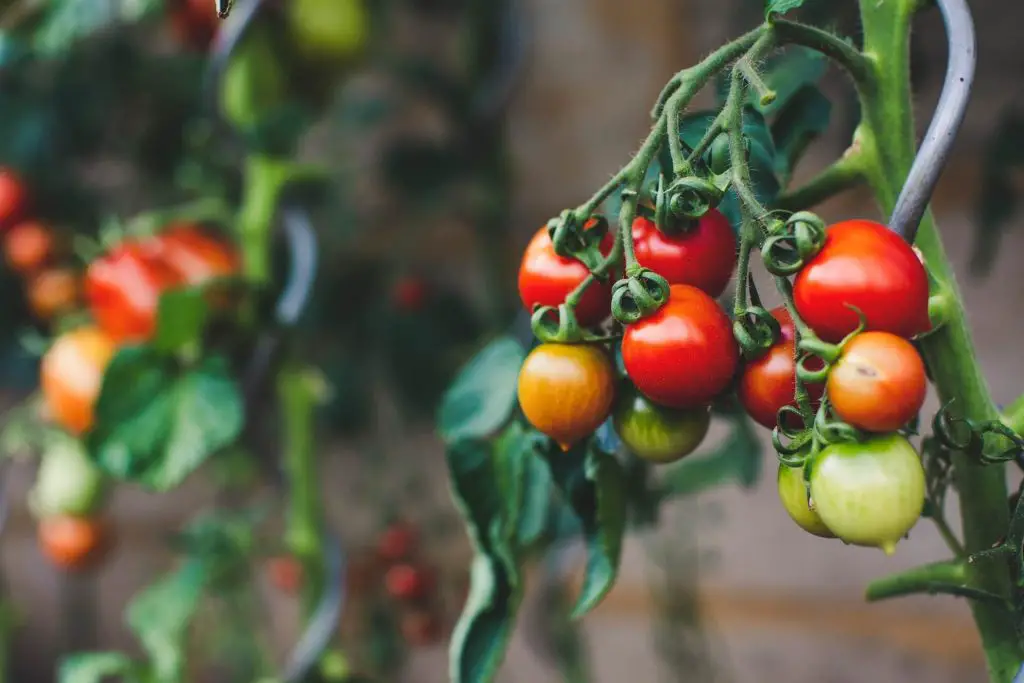
Tomatoes wouldn’t be compatible to grow with cauliflower because it’s a heavy feeder that will absorb plenty of nutrients from the soil which is similar to cauliflower.
If planted together, they would need to compete for the same amount of nutrients and this can cause stress to both plants.
With that, it’s important to avoid planting tomatoes next to your cauliflower.
Benefits Of Companion Plants
If you’re still two minds about getting companion plants, allow me to share some of their amazing benefits!
- Attract beneficial pollinators. Pollinators like ladybugs, bees, and butterflies need companion plants to encourage them to visit vegetable gardens and pollinate crops.
- Repel harmful insects. Garden plants including cauliflower are prone to pests and companion plants can assist by repelling them through their scent.
- Improve soil nutrients. Companion plants for cauliflower can assist with releasing nitrogen back into the soil. Not only will companion plants replenish the nutrients absorbed by cauliflower but they will also save you time and effort to add nutrients.
- Provide good ground cover. Companion plants that spread low on the ground can act as a blanket for the soil and assist to protect the soil from the sun and retain the soil’s moisture.
Factors To Consider When Choosing Companion Plants For Cauliflower
There are plenty of companion plants to choose from but it’s important to keep these factors in mind when deciding what grows well with cauliflower:
- Cauliflower is a heavy feeder so avoid companion plants that need to compete with cauliflower for nutrients (e.g. garlic, sage, thyme, potatoes, spinach, and fennel).
- Consider companion plants that attract bugs that prey upon cauliflower pests such as aphids (e.g. celery, garlic, sage, onions, mint, and marigold), and or plants that attract beneficial pollinators (celery, sage, thyme, nasturtium, dill, and fennel).
- Consider companion plants have growth habits that are beneficial for cauliflower, for example, they sprawl and keep weeds at bay (e.g. thyme, spinach, and nasturtium).
FAQs on Companion Plants For Cauliflower
Can I Plant Cauliflower Next To Tomatoes?
If you’re wondering, can I plant cauliflower next to tomatoes? The short answer is no. If planted in close proximity to one another, the plants will compete for nutrients because both cauliflower and tomatoes are heavy feeders of nutrients. This can lower the chances for these crops to grow to their fullest potential.
Can Broccoli And Cauliflower Be Planted Next To Each Other?
Can broccoli and cauliflower be planted next to each other? The answer is you should not plant broccoli and cauliflower together. If needed, these plants should be placed at least 90cm (three feet) apart as both broccoli and cauliflower will fight for the same nutrients and attract plenty of pests.
Can I Plant Zucchini And Cauliflower Together?
Can I plant zucchini and cauliflower together? The long answer is, Kale, kohlrabi, broccoli, Brussels sprouts, and cauliflower are members of the brassica family and shouldn’t be planted anywhere near your zucchini plants.
Brassicas absorb a large number of soil nutrients and attract pests, both factors can be harmful to the growth of your zucchinis.
There you have it! A complete guide on what are the best companion plants for cauliflower and what plants to avoid. If you’re new to gardening, I understand if the idea of companion planting with cauliflower seems daunting.
Just remember companion planting is all about pairing plants that can mutually benefit from each other.
Ask yourself, is this plant a heavy feeder? Does it attract bugs that prey upon cauliflower pests? Does it have growth habits that don’t harm the growth of your cauliflowers?
Hopefully, these questions can help you deduce which companion plant is the right fit for your cauliflower. All the best!
Related Posts






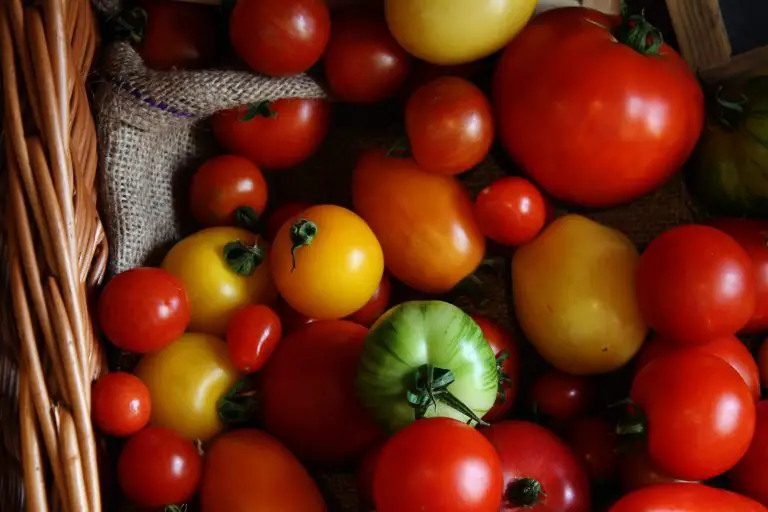
![How Long Does It Take To Grow Potatoes [Harvest The RIGHT Way]](https://aboveandbeyondgardening.com/wp-content/uploads/2021/10/How-Long-Does-It-Take-To-Grow-Potatoes-768x542.jpg)
![11 Best Companion Plants For Oregano & What To Avoid! [2023]](https://aboveandbeyondgardening.com/wp-content/uploads/2022/11/companion-plants-for-oregano-768x512.jpg)
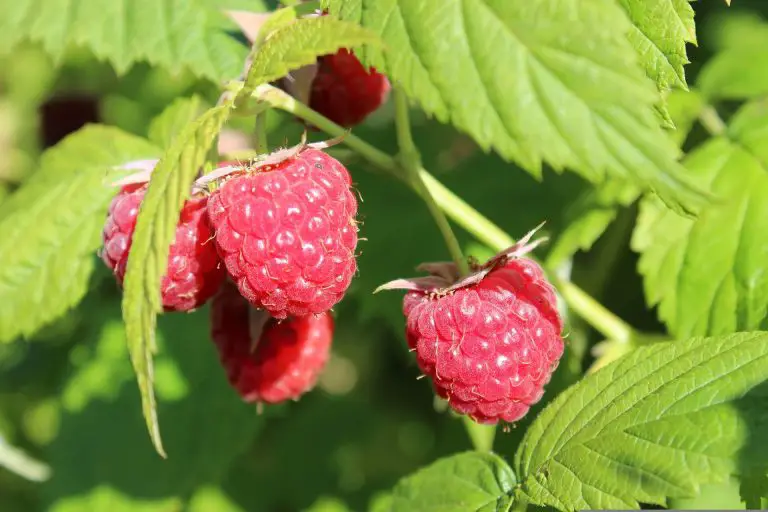
![Aquaponic Tomatoes: How To Grow, Common Issues + Best Varieties [2022]](https://aboveandbeyondgardening.com/wp-content/uploads/2022/08/aquaponic-tomatoes-768x512.jpg)
![How To Keep Squirrels Out Of Flower Pots [2022 Guide]](https://aboveandbeyondgardening.com/wp-content/uploads/2021/10/How-To-Keep-Squirrels-Out-Of-Flower-Pots-768x512.jpg)